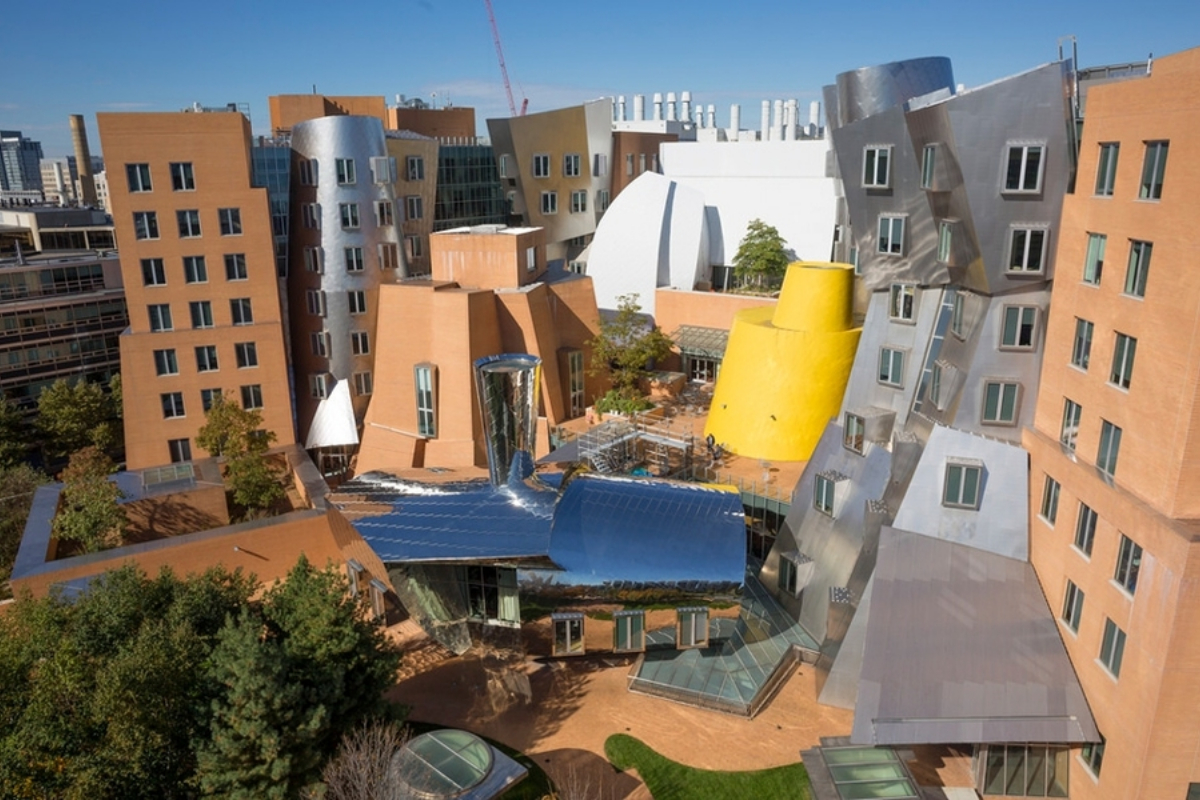- MIT researchers have developed a method for robots to plan actions
- University of Bristol has developed a dual-arm robotic setup.
- Stanford University researchers have developed a method for teaching robots
Researchers are making remarkable progress in improving the agility and touch sensitivity of robots, aiming for machines that can handle objects as skillfully as human hands. MIT’s Computer Science and Artificial Intelligence Lab (CSAIL) is at the forefront with a groundbreaking study on complex interactions between robots and objects.
MIT’s team addressed the challenge of planning actions involving physical contact, which is complicated due to the dynamics of such interactions. They employed a form of reinforcement learning called “smoothing” to simplify the process of sensing and manipulation, making it feasible for basic robots.
Their approach, combined with a technique called sampling-based motion planning, allows robots to perform intricate tasks involving multiple points of contact, like using both hands to manipulate an object. Unlike traditional reinforcement learning that takes hours, their method produces complex movements in just a few minutes.
In the UK, the University of Bristol introduced the “Bi-Touch” system, a dual-arm robotic setup designed for tasks that require tactile feedback. Through deep reinforcement learning from simulated to real-world scenarios, this system becomes proficient in tasks such as cooperative pushing and precise rotation.
Stanford University is also contributing by teaching robots complex actions using human video demonstrations. They utilize camera footage focused on the robot’s perspective, eliminating the need for complex image translation between human and robot viewpoints. This method, inspired by how people learn from online tutorials, significantly improves success rates compared to traditional robot training.
These innovative studies collectively pave the way for robots to manipulate objects with the finesse of humans. This advancement has broad implications, from manufacturing to surgery. For instance, AI-powered robots could assist surgeons, enhancing precision and outcomes during medical procedures.
Despite concerns from science fiction enthusiasts, these advancements suggest a future where robots and humans coexist harmoniously, with robots contributing their unique skills without replacing humans. As long as robots engage in friendly banter rather than hostile takeovers, a positive coexistence seems plausible.
[embedpost slug= “/vechain-and-singularitynet-partner-to-tackle-climate-change/”]





















